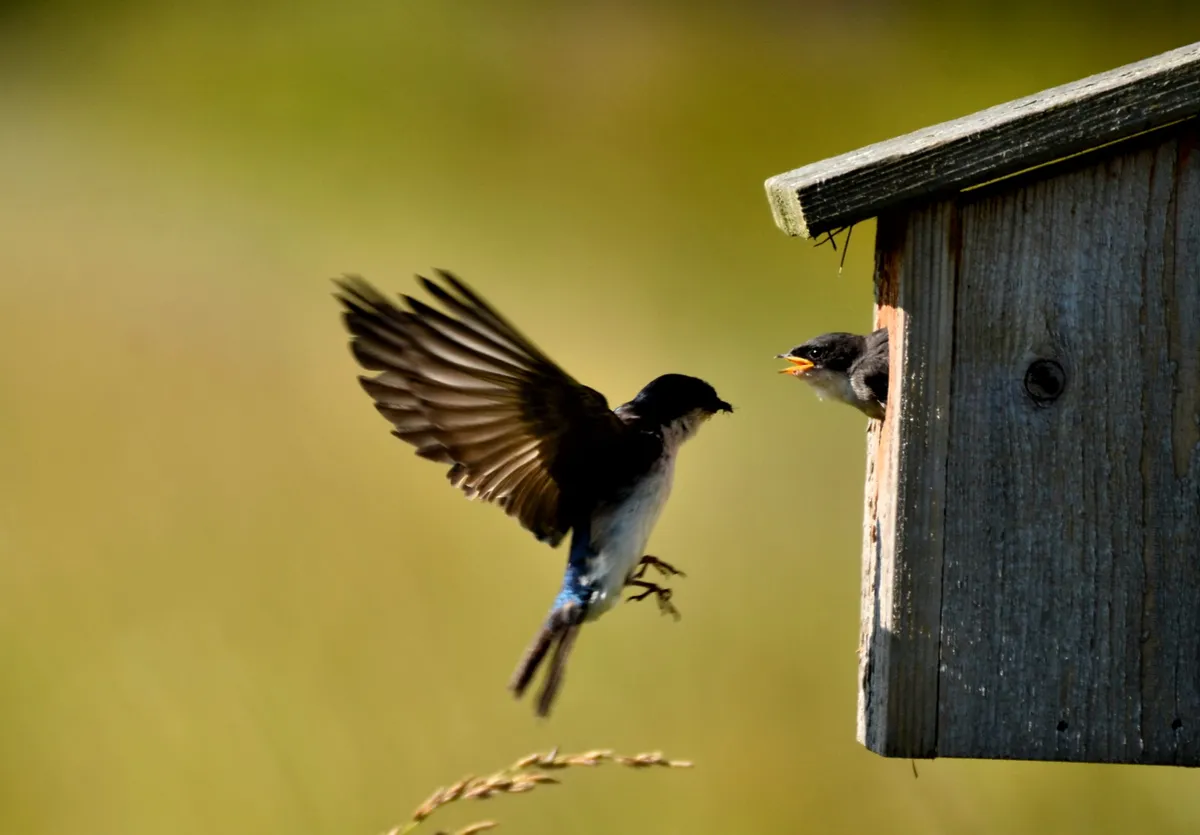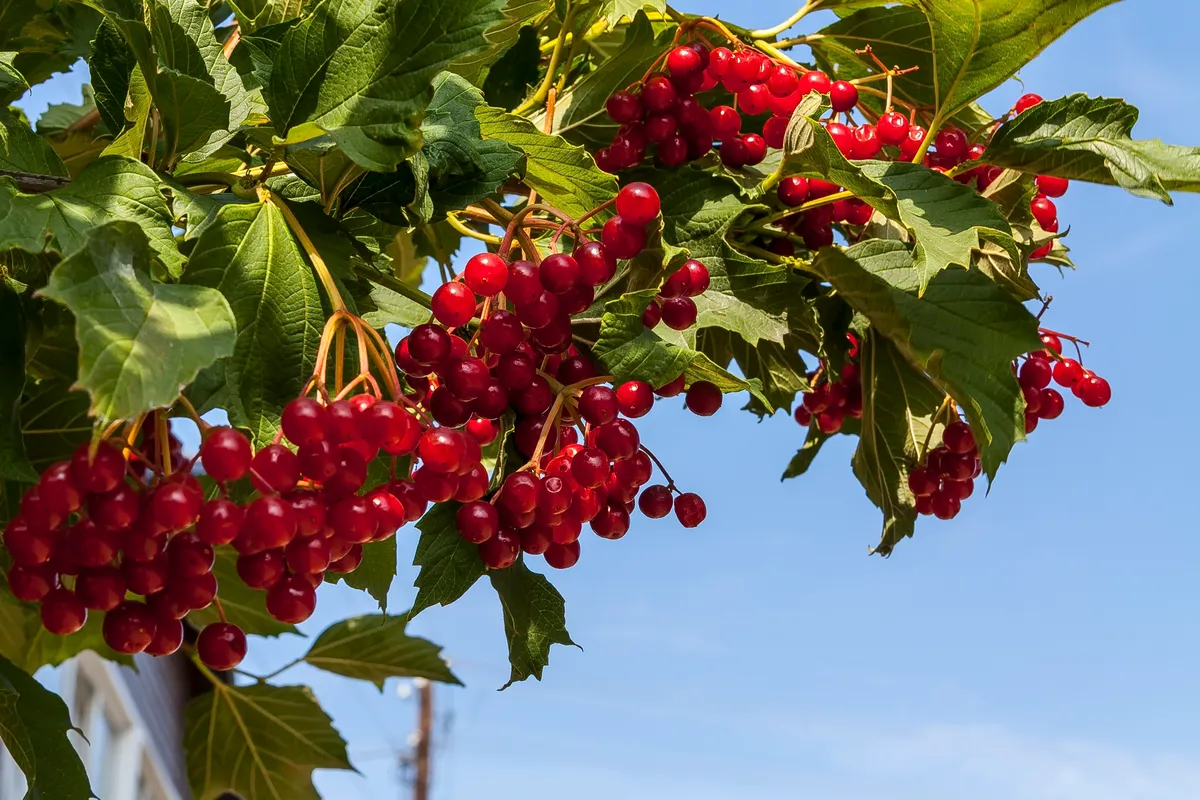Winter can be a tough time for our local wildlife. With housing developments continuing to pop-up all over the country, it's important to ensure all our local wildlife has a home ahead of the harsh winter months. That's why we've teamed up with Wyevale Garden Centres to give you a step-by-step guide on how to make your garden a wildlife haven!
1
Mess is best!
If you can leave an area of your garden naturally unkempt, hedgehogs, dormice and other wildlife can use the fallen leaves, twigs and dead vegetation to build their nests. A wild area also provides a home for insects that hedgehogs and birds can feed on.
2
House a hedgehog
Woodpiles make a great home for hedgehogs and will give these much loved spikey friends somewhere to hide, sleep and hunt for insects. Shelter is essential for a hedgehog’s survival during the winter so choose a quiet spot that is unlikely to be disturbed from November to March when they will be hibernating. Compost heaps also provide another cosy location, so check for signs of wildlife before turning it and try not to empty your bin before April to avoid evicting any hibernating wildlife.
3
Think outside the box

Putting up a nesting box will help local small birds find shelter in winter, plus they often come back to the same box in spring to nest. Nest boxes with a hole of 32mm are perfect for blue tits, great tits and house sparrows, while open boxes will attract robins, wrens or pied wagtails.
The RSPB recommends that you site your nesting box to face between north and east, so that it’s shielded from direct sunlight and the wettest winds, and well out of reach of roaming cats and squirrels. House martins and sparrows will be happy in boxes high up in roof eaves, while robins and wrens like to be around two metres high.
4
Ponds
Unless you have a very shallow pond, it’s unlikely to freeze and will remain a crucial spot for birds to drink and find bugs and insects to eat at a time when other sources of food and water are scarce. Bathing is also important for birds, as they need to keep their feathers in good condition and coated in natural oils to help keep them warm.
Hedgehogs are able to swim and may want a dip before they hibernate, so make sure there is a sloping edge so that they can easily climb out. This will also be useful for frogs and toads before they turn in for winter.
5
Bird baths and water features
Make sure your bird baths and water features are clean, topped up and free from ice. You can do this by either putting a table tennis ball in the water - the breeze will move it and keep the bath free from ice; installing a heated bird-bath; moving it to a spot where it’ll get the most sun; or pouring some hot water on the ice - make sure no wildlife are in the way before you add the hot water!
6
The hedgehog highway
It’s best to use hedges rather than fences for privacy in your garden, so hedgehogs and other garden wildlife, before they hibernate, can get in and out with ease. Hedging is also an excellent habitat for wildlife. Evergreen hedges such as holly 'Handsworth New Silver' and firethorn 'Teton' not only provide year-round colour, but their berries provide winter food for garden birds.
7
Fences
If hedging isn’t an option for your garden, you can create a five inch hole in the bottom of your fence or gate so that hedgehogs and other wildlife can crawl in and out. If your neighbours do the same, you can create a series of 'linked' gardens through which wildlife can explore and hunt for food.
8
Planting for wildlife

Nectar and pollen tend to be in short supply during this time but they are still essential foods for many insects that over-winter as adults. The RSPB says that you should ensure you have some late-flowering plants such as Michaelmas daisies, sedums, ivy and asters, and to include some native trees and shrubs in your garden such as rowan, holly, guelder rose, wild rose, blackthorn or hawthorn. Not only will you be sure of creating natural food supplies for birds through the winter, these berry trees make great refuges for birds to hide in.
9
Bug homes and butterfly boxes
You can buy or make a bug home or butterfly box so insects can sleep soundly over the colder months. You may find some species of butterfly hibernating in sheds, outhouses, hollows in trees and ivy thickets, but it’s best to just leave them alone until the spring. The majority of insects will survive as eggs, larvae or pupae in cracks and crevices in the garden or box, or burrowing deep underground away from frosts.
10
Bird feeders
Fat balls and cakes are full of high calories and perfect food for birds over winter. If they come in mesh bags, take these off first as birds can get tangled in them. You can make your own by adding a range of seeds, nuts and cheese to suet or lard. When buying bird food, always make sure it’s high quality as lower priced foods are often bulked out with nutrient poor grains like barley, or large pulses like lentils and beans, which only the very large birds can eat. Don’t put food out on bird tables or in open feeders as grey squirrels and other pests may get them before the birds!
